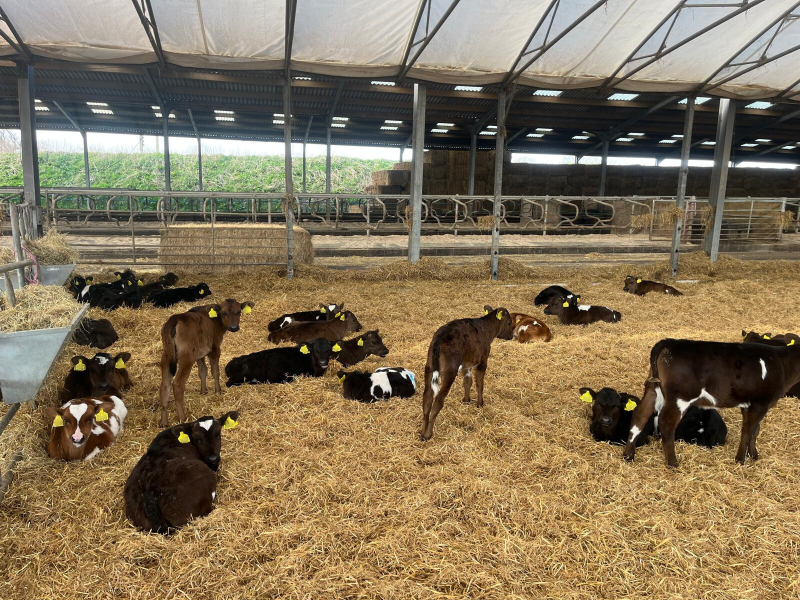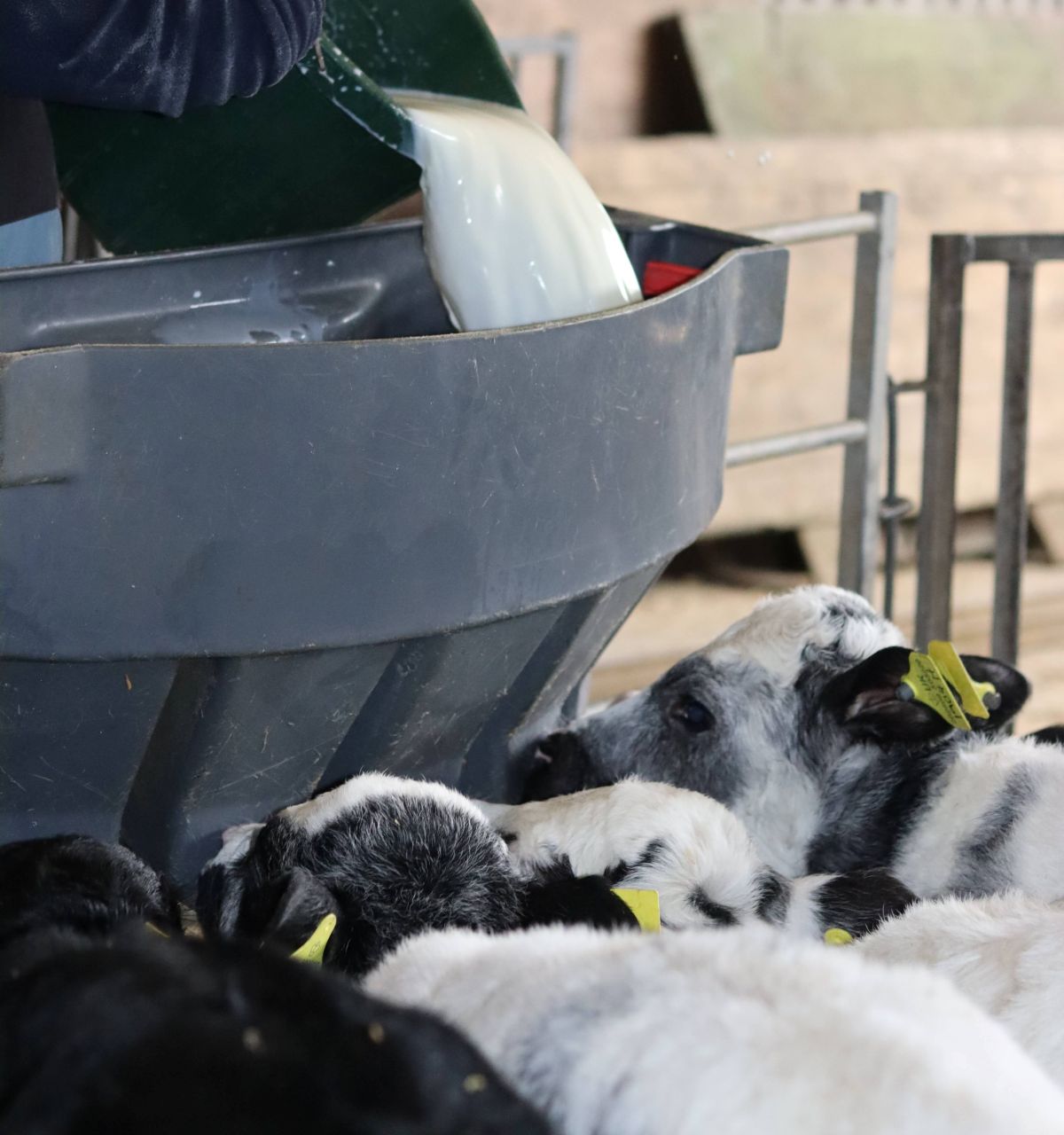Preventing bacteria contaminating colostrum and transition milk produced in robotic milking systems
Maintaining colostrum hygiene in robotic milking systems is vital for calf health and immune development. This article explores the risks of bacterial contamination, highlights research findings, and offers best practices for collecting and storing colostrum and transition milk in automated dairy operations.
Read
more...









